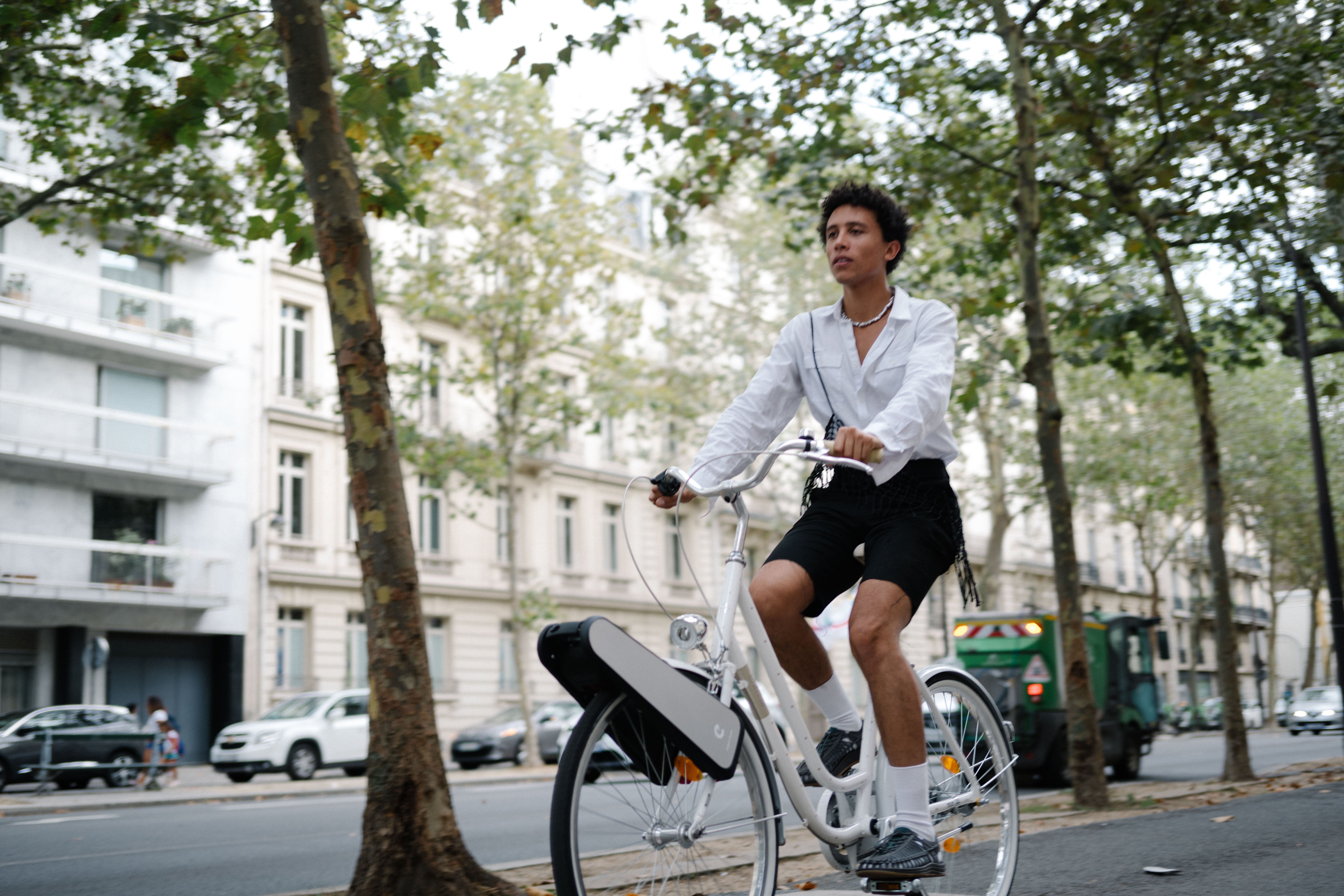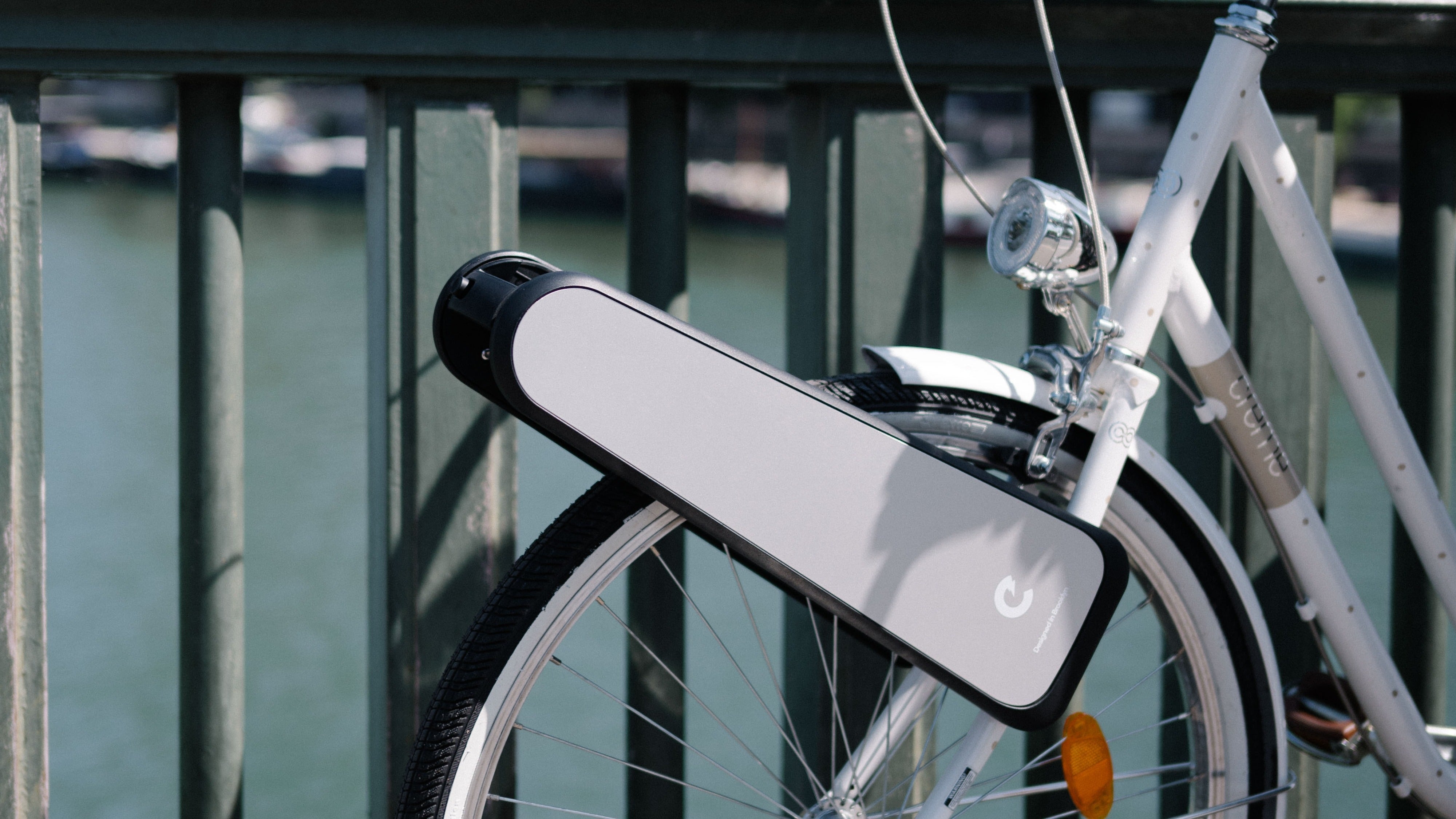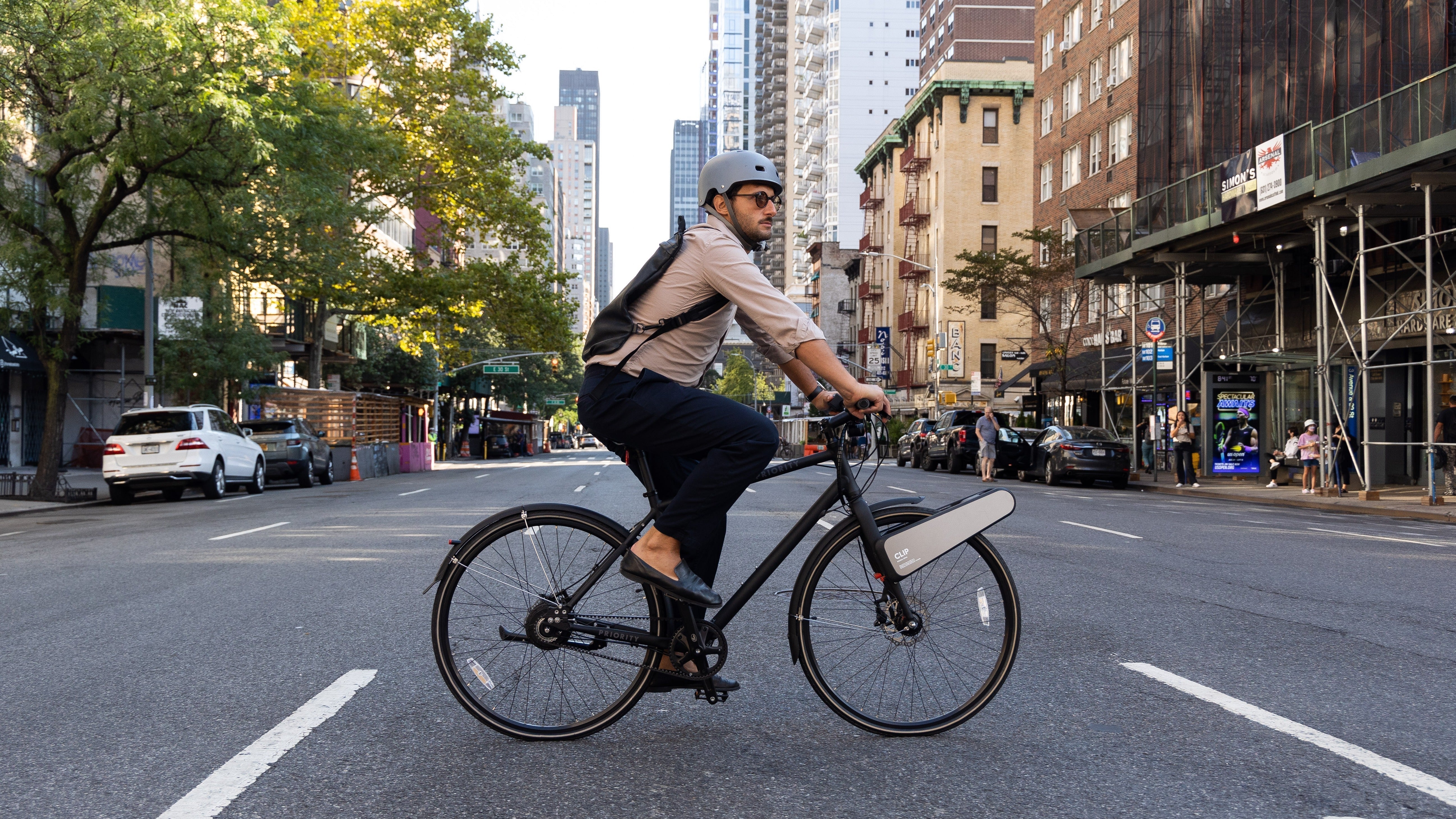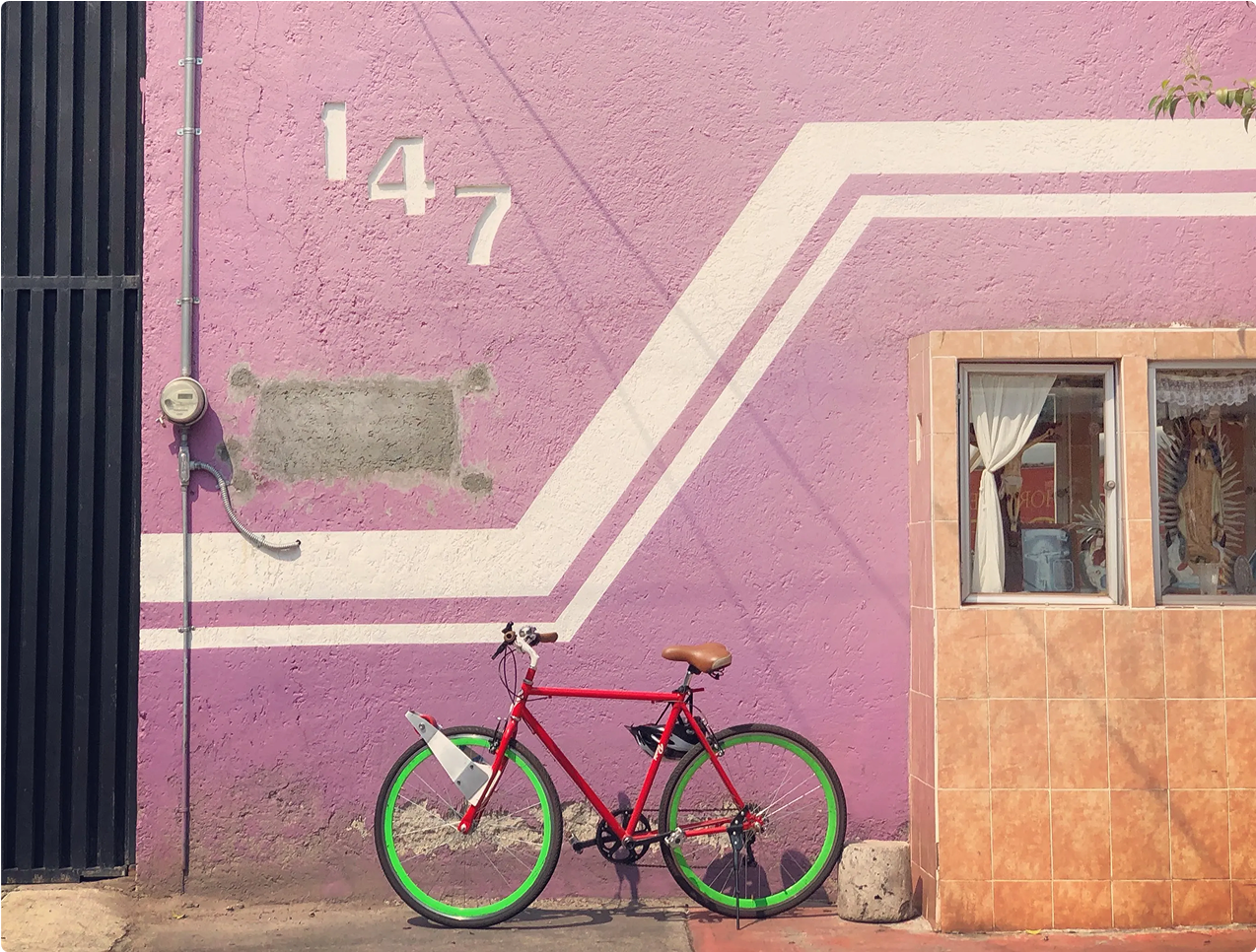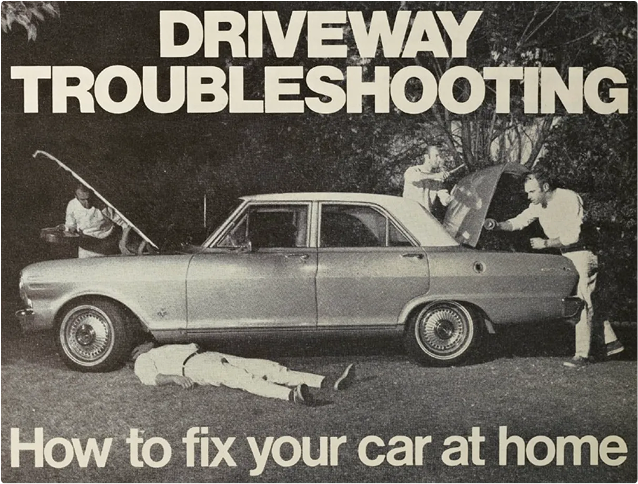And why the future of urban mobility doesn't look like VanMoof or Cowboy. It looks like your current bike, plus 5 seconds.
Introduction
Hot take: Premium e-bikes aren't the future of electric cycling. Despite raising hundreds of millions in venture capital, leading brands are struggling to achieve sustainable unit economics.
The data reveals why.
The Math That Doesn't Work
VanMoof (once valued at $768M) declared bankruptcy in 2023. The core issue? A business model that loses $2,300 to $4,000 on every single bike sold.
Cowboy, another beautiful product in the premium e-bike world, is hemorrhaging money despite raising $120M+. In 2024, they lost €25.9M on just €21.7M in revenue. They need to sell 60,000+ bikes per year just to break even. They're selling around 6,500.
That's a 89% gap between survival and reality.
And this isn't bad luck or lack of execution. It's structural. Here's why:
The Premium E-Bike Trap
1. Warranty costs are brutal: $320 to $530 per bike (VanMoof averaged $425 to $950). When you design proprietary everything, you own every failure. And premium e-bikes fail. A lot.
2. Logistics eat margins: Shipping a 45-pound bike with a lithium battery across borders costs $105 to $265 per unit. Returns make matters worse.
3. Customer acquisition is expensive: It costs $425 to $740 to convince someone to buy a $3,000 bike they've never ridden. That's almost 25% of the sale price just to get them in the door.
4. Dealer dependency kills scale: You can't sell a complex, proprietary e-bike online without massive customer friction. But physical retail takes another 30 to 40% margin cut.
The result? Premium e-bike companies are trapped in a Catch22: High prices limit demand. Limited demand prevents economies of scale. No scale means unsustainable unit economics. Exposing a structural flaw: the economics cannot work without either lower prices or higher volume, neither of which is achievable.
What If You're Solving the Wrong Problem?
Here's an insight everyone misses: It's not that everyone wants e-bikes, it's that people want their bikes to be electric - sometimes.
And that distinction changes the entire business model.
There are 1.1 billion bikes in the world. Most people already own one they love. The saddle is broken in. The frame fits perfectly. It has sentimental value.
So why are we telling them to throw it away and buy a $3,000 replacement?
Enter the Conversion Model
While premium e-bikes implode, conversion kits are quietly scaling. Swytch sold 20,000 units in 2024. Not venture-scale. But profitable.
Why? Because the unit economics actually work:
Average selling price: $950(Swytch) to $2,100 (Skarper / Bimotal)
Warranty burden: $70 to $110 (not $425)
CAC: $160 to $265 (not $583)
Net margin: $310 per unit
But here's the unfortunate secret: conversion kits have a ceiling.
Why? Installation friction.
Swytch requires a 25 to 35 minute wheel swap. Skarper needs professional custom disk-brake-mount installation and a similar custom drive sprocket installation for the Bimotal. For most regular consumers, that's a real barrier. It's not plug and play. It's often a YouTube tutorial and hope for the best.
And that friction caps the addressable market.
The 5-Second Solution
What if you could electrify any bike in 5 seconds? No tools. No expertise. No bike shop.
Just CLIP it on and ride.

That's not hypothetical. That's the category CLIP is building right now. And it changes everything.
The Unit Economics of True Simplicity
Price: $570 (82% cheaper than premium e-bikes)
Warranty burden: ~$37 (91% lower because no complex & expensive proprietary parts)
Logistics: $15 (92% lower because it fits in a standard parcel)
CAC: $20 to $99 (90% lower because zero installation friction means zero adoption barrier)
Retail advantage: Swytch needs bike shops support for wheel swaps. Skarper requires professional installation. CLIP sits on a Best Buy shelf, fits in a small box, and requires zero retailer support. That's why major retailers say yes—and why competitors can't really scale through traditional retail.
Net margin: $145 to $233 per unit. At $570.
But, here's the real kicker: At that price point, with zero friction, you unlock 7× the addressable market compared to premium e-bikes.
And math that works:
7× larger market
10× lower customer acquisition cost
Positive unit economics from day one
That's not building a better e-bike. It's creating a different business model entirely.
Why This Matters.
Premium e-bike companies are trapped. They can't:
Lower prices without imploding (they're already losing money at $3,000)
Reduce warranty costs without a product redesign (proprietary parts equal proprietary problems)
Cut CAC significantly due to the high-consideration nature of premium bike purchases
Meanwhile, the CLIP model gets better with scale:
Higher volume leads to better supplier terms and lower COGS
Lower price creates more demand which drives more volume
Zero installation friction generates organic word-of-mouth and lower CAC
It's a flywheel, a positive feedback loop that's difficult for premium models to replicate.
The Question Isn't If, It's How.
It's not if all bikes become electric in the future. It's how:
Option A: Convince a billion people to replace their bikes for $2000-$3,000 new e-bikes that face challenging unit economics.
Option B: Give people a super affordable, 5-second way to electrify the bikes they already own and love.
Which sounds more likely to you? :)

The Uncomfortable Truth
VanMoof didn't fail because of bad execution. Cowboy isn't struggling because of poor marketing. They struggled despite brilliant design, engineering, PM fit and solid market execution.
They were simply fighting against math.
When your warranty costs $425, your CAC is $583, and you're losing $2,300+ per bike sold, these aren't problems that can be solved through better execution alone—they require fundamentally different business models and a key reason why premium e-bikes cannot be super affordable and yet be able to scale.
The scalable future of e-bikes isn't premium. It's not even mid-tier conversion kits with installation friction.
The future is whatever makes going electric so easy, so affordable, and so instant that people stop asking "should I?" and start asking "why didn't I do this sooner?"
That's 5 seconds. That's $570. That's the bike you already own (just electric).

Sources
This article is based on publicly available financial data, company filings, and industry reports from the following sources:
Financial & Industry Analysis: TechCrunch, CNBC, Tech.eu, Sifted, Fast Company, NPR, CB Insights, Crunchbase, Dealroom, Tracxn, PitchBook, Het Financieele Dagblad (via various reporting)
Company Data: VanMoof: Official company filings (Belgian National Bank), bankruptcy proceedings (Amsterdam District Court, July 2023) Cowboy: Official company announcements, annual reports, press releases Swytch Technology: Official company announcements and product specifications
Market Research: Grand View Research, Cognitive Market Research, News.Market.us, Cycling Industry News, BikeRadar, Cycling Electric
Independent Reviews & Analysis: E-Bike Lovers, Discerning Cyclist, Velorution, Outoria, Consumer reviews from Swytch, VanMoof, and Cowboy customers
All financial figures have been verified against multiple independent sources. Company valuations and funding data sourced from Dealroom, Crunchbase, and official company announcements.
[View complete source list with links →]
Take Action, Ride With CLIP!
Ready to electrify your ride without breaking the bank? Check out the CLIP e-bike conversion, which offers true plug-and-play installation in 5 seconds with no tools required.
Related Articles

